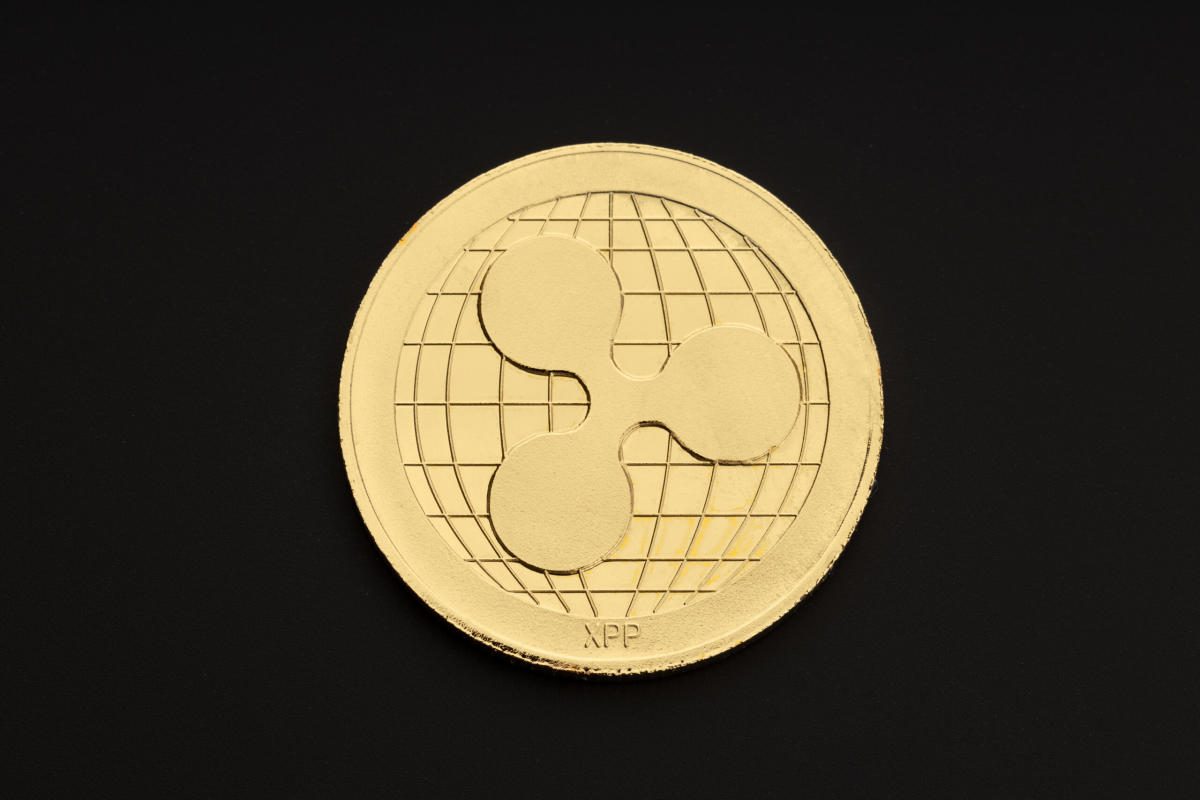AI, Blockchain and IoT take the wheel: 25% of the insurance industry will be automated

[gpt3]rewrite
By Ravi Mathur
In today’s rapidly evolving digital landscape, industries across the board are embracing technology to improve their offerings and streamline operations. The insurance sector is no exception, as it undergoes a transformative shift towards a digital-first approach. Enabled by advances in artificial intelligence (AI), blockchain and the Internet of Things (IoT), insurers are revolutionizing the way they interact with customers, provide personalized experiences and manage risk. According to a McKinsey report, 25% of the insurance industry will be automated by 2025 using AI, machine learning and similar technologies. Let’s explore how these cutting-edge technologies are reshaping the insurance industry and driving the rise of digital-first insurance.
AI has emerged as a game-changer in the insurance landscape:
The growth of the AI market in the insurance industry has been significant. As of 2021, the global market size for artificial intelligence in insurance was estimated at USD 2.74 billion and forecasts indicate that it is expected to reach a value of USD 45.74 billion by 2031. This reflects a significant compound annual growth rate (CAGR) of approx. 32.56% from 2022 to 2031.
In this evolving landscape, a prominent example of AI implementation in the insurance industry is the use of AI-powered chatbots. These chatbots serve as a valuable tool to improve customer service and improve claims processing processes. By leveraging AI technology, these chatbots can provide policyholders with immediate assistance, address their inquiries, guide them through the claims process and offer personalized recommendations based on their unique profiles and historical data.
Some other ways AI is adding value to the insurance industry are:
- Streamlined claim processing: AI and machine learning automate repetitive tasks, reducing errors and processing time. Connected IoT devices provide comprehensive data for better decision making.
- Assessment of risk: AI enables insurers to collect accurate and larger data sets, reducing the possibility of inaccurate risk assessment. Natural Language Processing (NLP) helps extract relevant information for better risk assessment.
- Fraud detection and prevention: AI helps identify fraudulent patterns and irregularities in insurance claims, reducing fraud and associated costs.
- Improved routine operations: AI-powered chatbots improve customer service by automating processes, reducing human intervention and enabling cross- and up-selling based on customer profiles.
- Improved loss estimation: AI technologies such as machine learning, deep learning and optical character recognition (OCR) enable fast and efficient damage assessment and loss estimation.
Blockchain technology is another catalyst in the digital transformation of insurance:
The market size of blockchain in the insurance industry was valued at USD 64.50 million in 2018. It is expected to experience significant growth, reaching an estimated value of USD 1,393.8 million by the end of 2023. This reflects a compound annual growth rate (CAGR) of 84.9% in the forecast period.[1]
The potential applications of blockchain technology in the insurance industry are vast and diverse. It can be used across different industries and provides benefits to different areas, for example:
- Product registries and high-value warranties: Blockchain enables secure and transparent registries, ensuring an immutable ownership record and streamlining warranty administration.
- KYC and AML procedures: Blockchain creates a decentralized and tamper-proof system, which simplifies customer identity verification and improves compliance.
- Parametric Products: Blockchain automates insurance products based on pre-defined triggers, eliminating lengthy claims assessment processes.
- Reinsurance practices: Blockchain improves transparency, facilitates data sharing and automates reinsurance contracts between insurers and reinsurers.
- Streamlined claims management: Blockchain provides secure and auditable records, reduces fraud risk and speeds up claims settlement.
- Efficient distribution methods: Blockchain-based platforms enable transparent P2P transactions, improving distribution channels.
The adoption of blockchain in the insurance industry has the potential to revolutionize traditional practices, improve operational efficiency and enhance customer experiences across multiple areas of the insurance value chain.
The Internet of Things (IoT) has revolutionized the insurance industry by integrating physical devices with digital platforms:
The global IoT insurance market size was valued at USD 8.63 billion in 2019 and is projected to reach USD 304.31 billion by 2027, growing at a CAGR of 57.1% from 2020 to 2027.[2]
Some of the key ways IoT can positively impact the insurance industry are:
- Real-time data collection: IoT devices provide insurance companies with real-time data for risk assessment and pricing.
- Monitoring driver behavior: In-vehicle IoT devices monitor driving behavior, allowing insurance companies to reward safe drivers and reduce accidents.
- Fitness tracking: Wearables track policyholders’ fitness levels, promote healthy habits and offer incentives.
- Risk detection and prevention: IoT sensors in homes detect risks such as fire or theft, reduce losses and improve customer safety.
- Personalized recommendations: Insurance companies leverage IoT data to provide personalized recommendations and preventative measures.
- Improved customer experience: IoT integration increases customer satisfaction through personalized services and proactive risk management.
The rise of digital-first insurance powered by AI, blockchain and IoT is reshaping the insurance industry by putting customer experience, efficiency and transparency at the forefront. As technology continues to advance further, the insurance industry is poised for more transformation, delivering seamless, personalized and efficient services to customers worldwide.
The author is Co-Founder, CTO, Insurance Samadhan
Follow us on Twitter, Facebook, LinkedIn
[gpt3]

























